The Origins
It all started with the appearence of the first humanoids (the AUSTRALOPITECUS) in 1.600.000 – 200.000 B. C. and since they lived in equatorial zones they didn’t need shelters and neither know the fire. Then evolved into the HOMO HABILIS. They mainly used oval plants around 5 meters wide at the beginning.
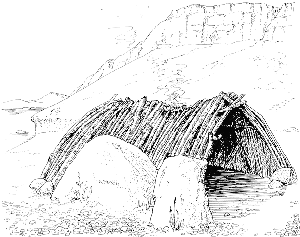
pinterest.es
Then the HOMO HABILIS evolved into the the HOMO NEANDERTHALENSIS, 100.000 – 40.000 B. C. that started to live in caves or caverns in the mountains so they could keep the fire alive and also protect themselves from the other animals.
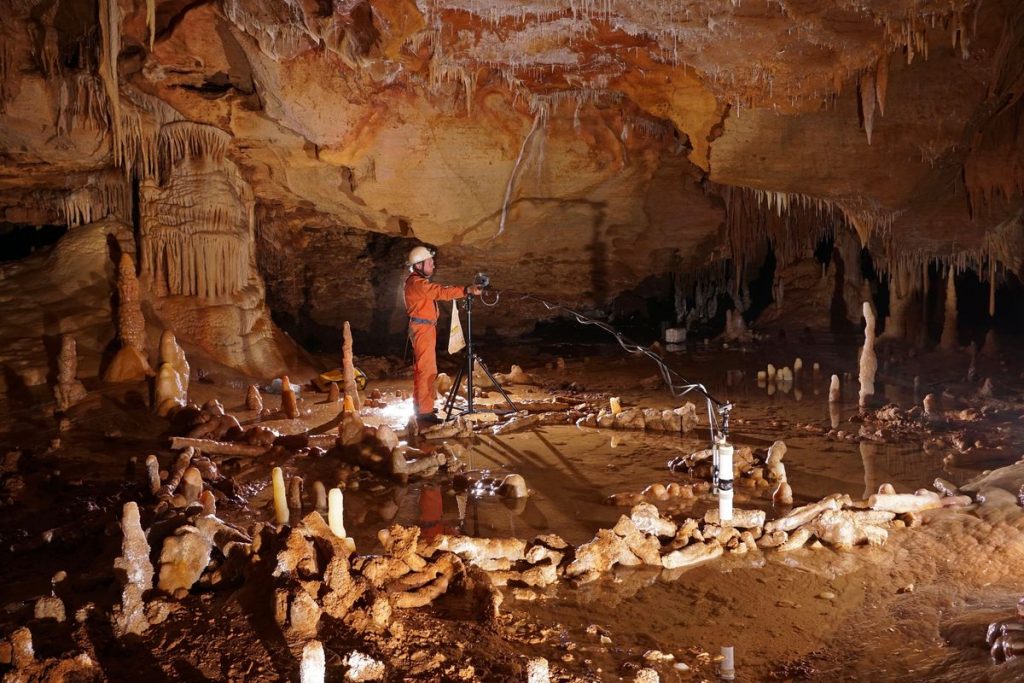
theverge.com
In 40.000 B. C. the HOMO SAPIENS made shelters with the bones and skulls of the mammals they used to hunt and with the fur they made the covers.
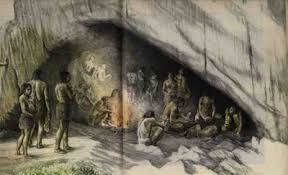
pinterest.es 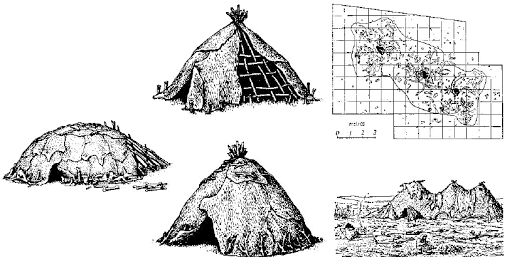
chebucto.ns.ca
From the 8.000 – 4000 B.C. they started a sedentary lifestyle and started building permanent houses near to the rivers and the seas.
The use of defensive walls as protection of the city and building rectangular houses was very common. These houses had a ground floor and a first floor, were built with adobe bricks and the roofs were made by wood and covered by mud.
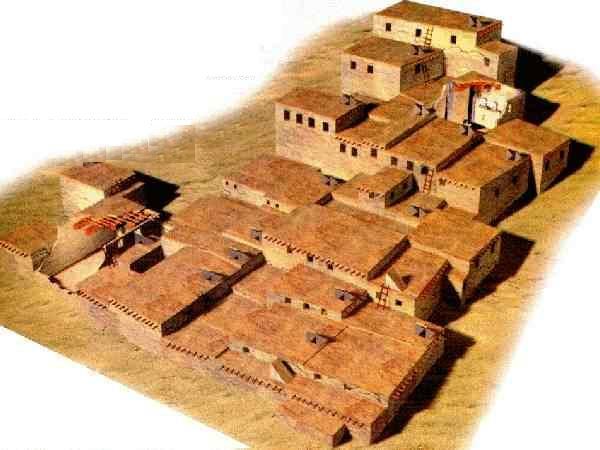
pinterest.es 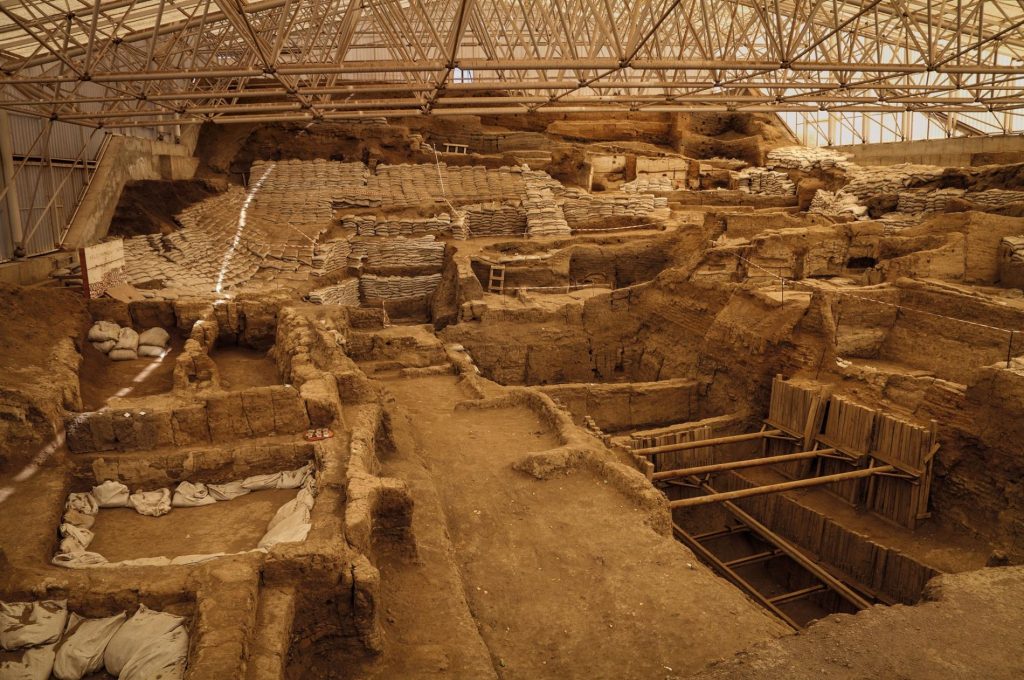
nationalgeographic.com
Protohistory
In this period of time, 4.000 – 3.000 B. C. the houses were still made with adobe and bricks, and the domestic pottery was also developed. This civilization created religious monuments like the Ziggurats, as well as artistic munuments and they had cities and capitals.
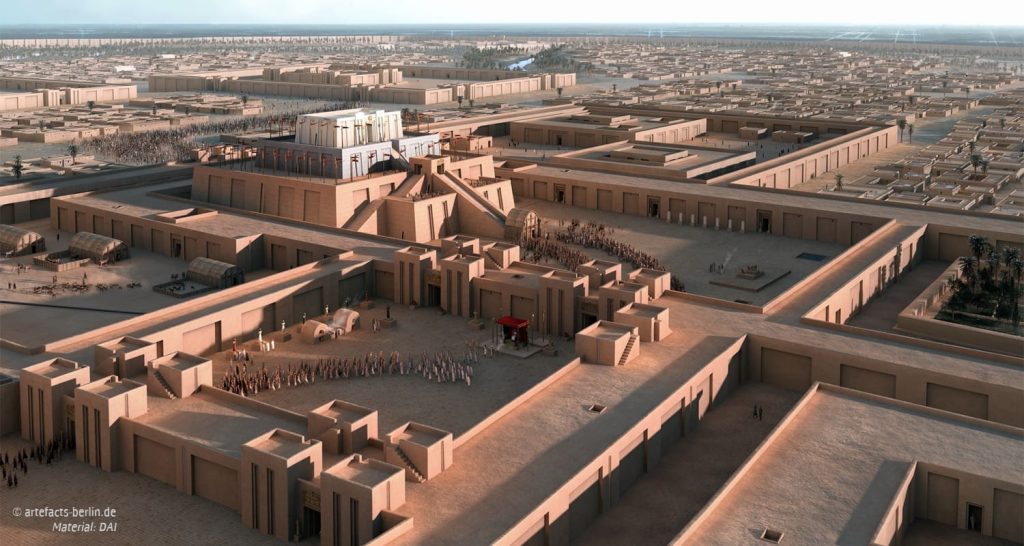
earthismysterious.com 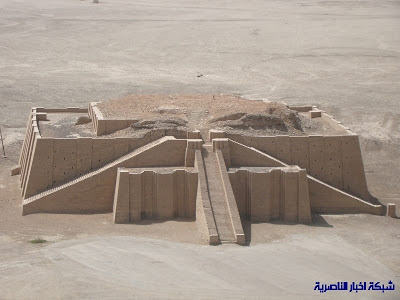
biblische.blogspot.com
The Egyptians
The egyptians are known by their temples and pyramids.
The temples had a reception room, privete chambers and the sanctuary (residence of the god), and the pyramids were made by limestone masonry instead of adobe bricks and tree trunks like in the mastaba thay were built before.

wikipedia.org 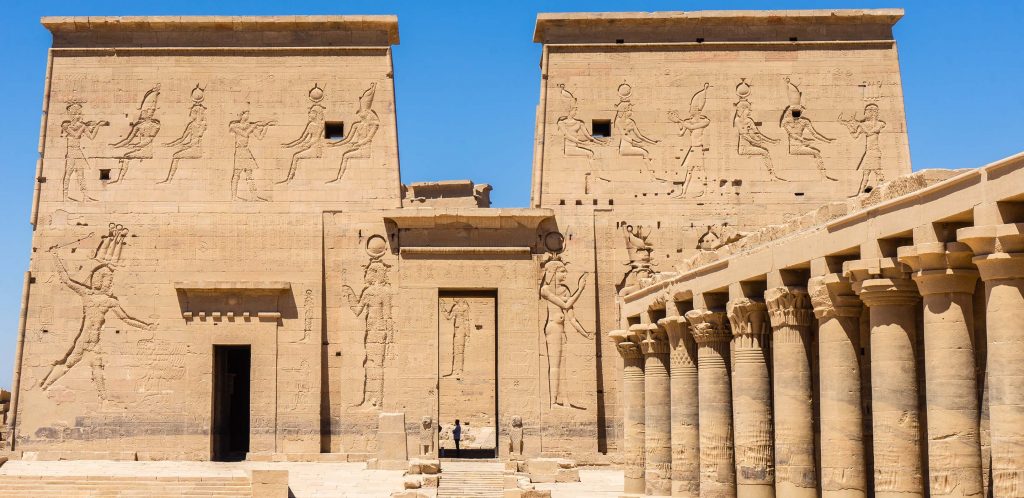
wikipedia.org 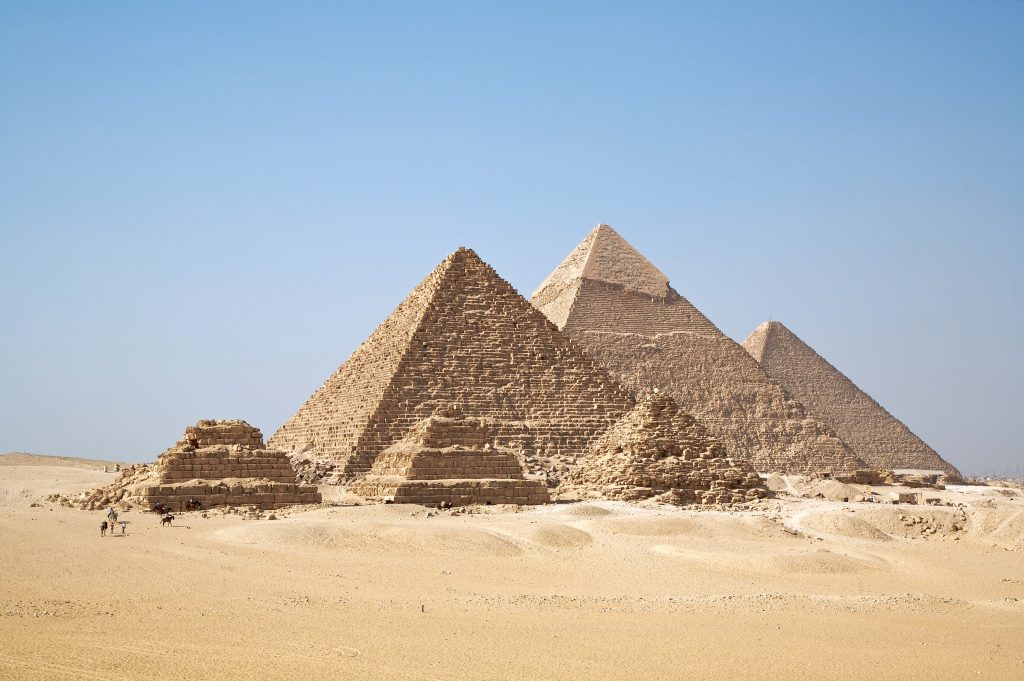
timetravelturtle.com
The Greeks
The Greeks expressed with their architecture the equilibrium of the verticality (columns) and the horitzontality (beams), all the elements were treated with carefulness and the materials used always were the best possible.
They wanted to achive the excellence with the form, the details and the execution.
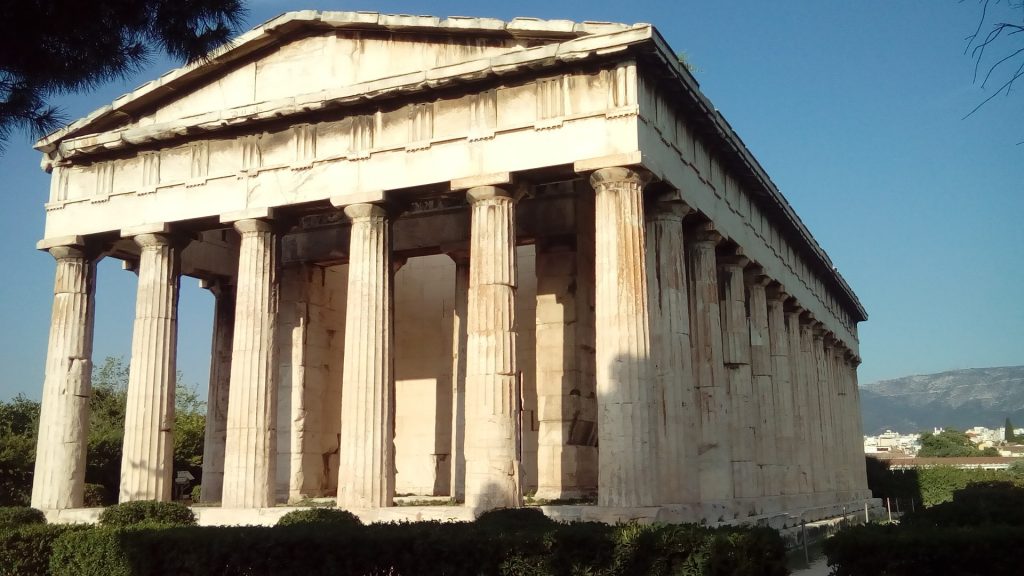
theculturetrip.com 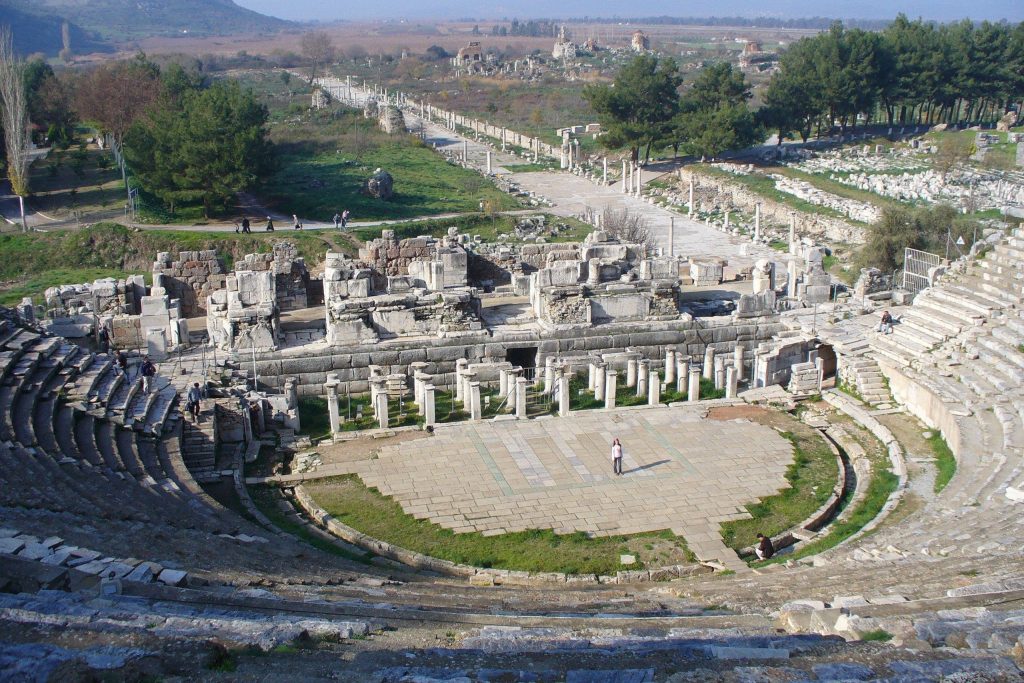
thoughtco.com 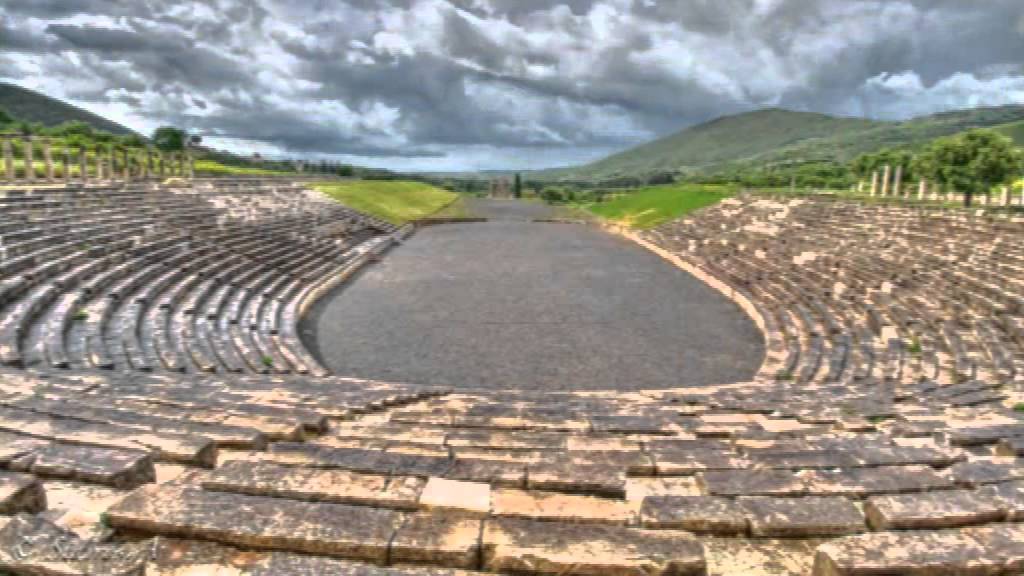
screenshot from youtube.com 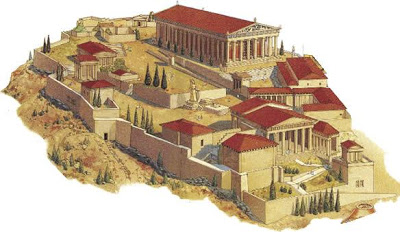
sites.google.com
The Romans
The Roman architecture is closed in the interior while the exterior is made in a grandiose scale. Thanks to the discovery of concrete, the romans could experiment with interior space, lights and shadows, but it wasn’t the concrete thet we know nowadays, it was limeand thanks to its durability we still conserve some Roman buildings till nowadays.
The Romans covered large public spaces with arches, vaults or domes (except for temples), did huge engineering works (roads, highways, bridges…) and followed the ideas of stability, functionality and magnificence.
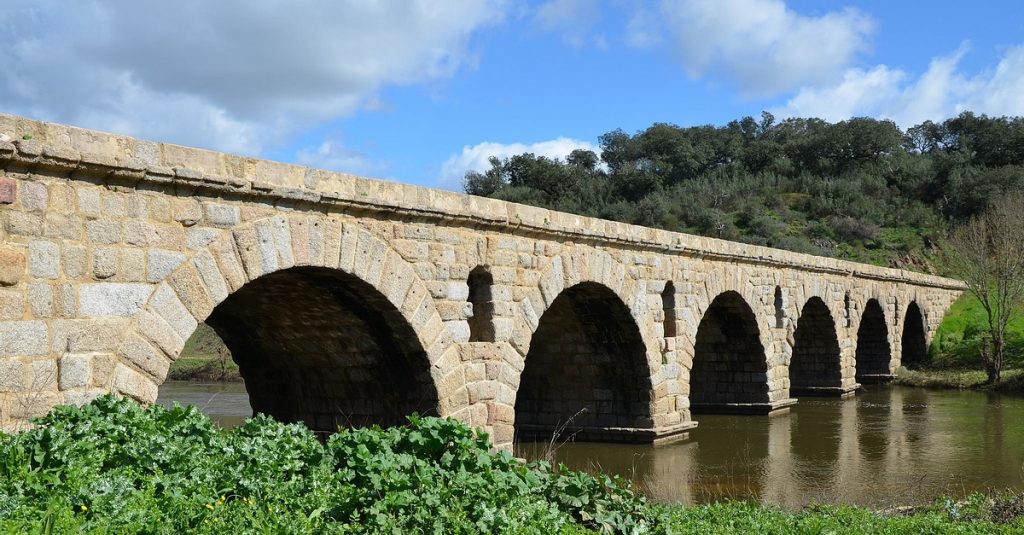
ancient.eu 
britannica.com 
wikipedia.org 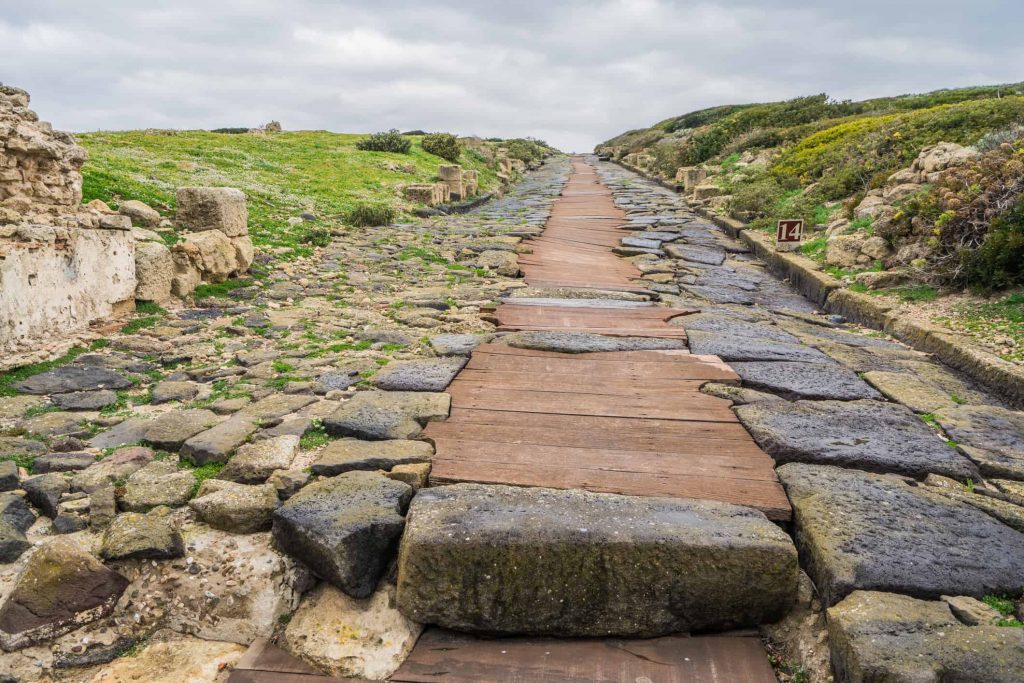
odysseytraveller.com 
ancient-rome.info
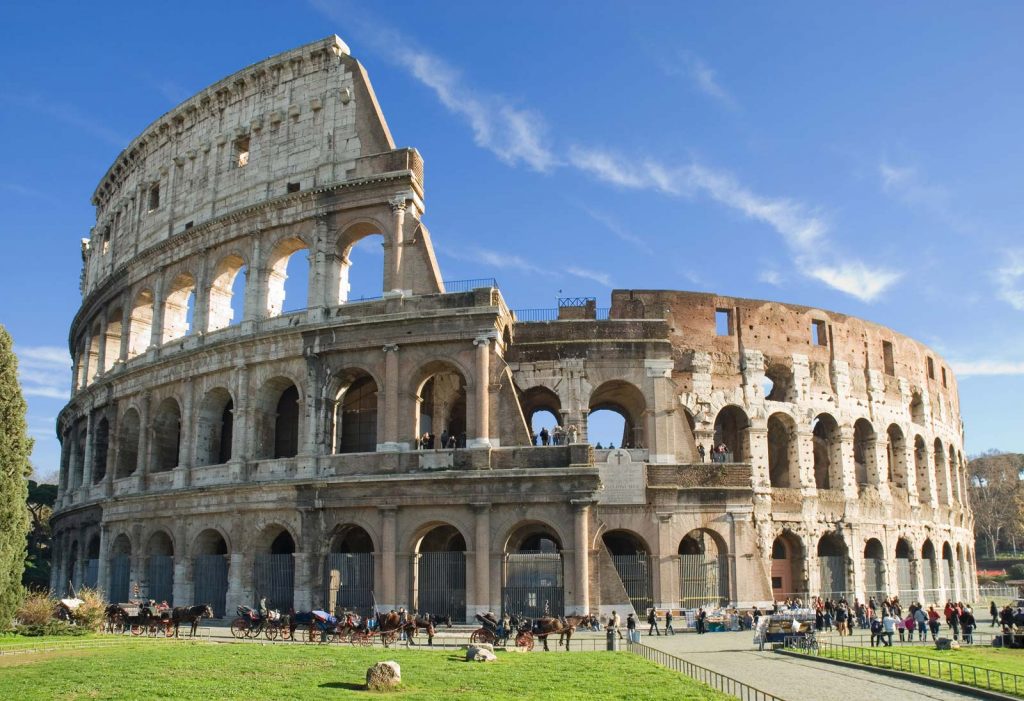
britannica.com 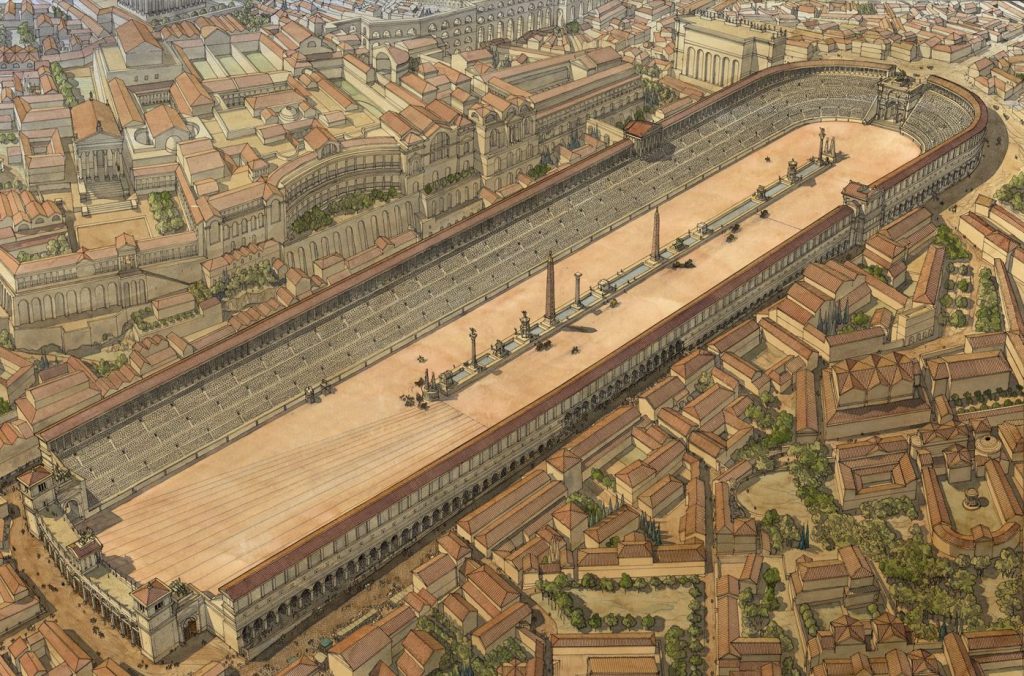
pinterest.es 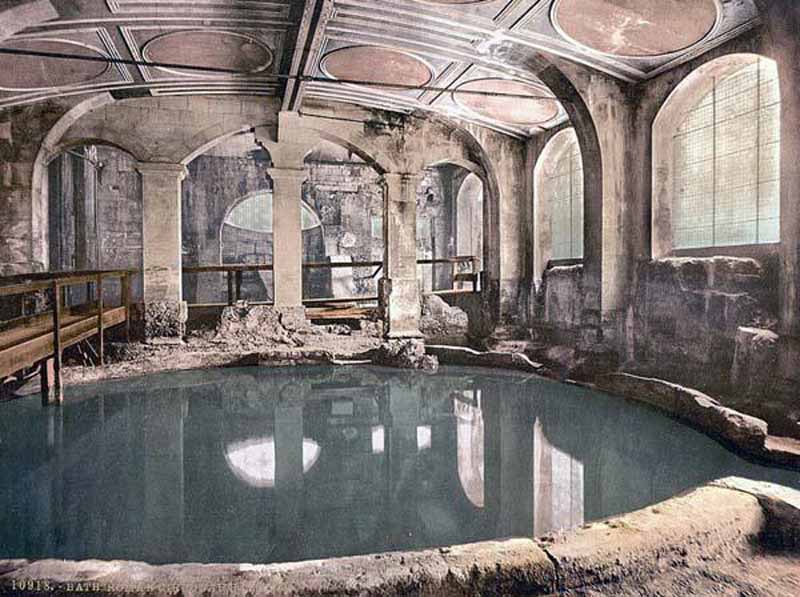
crystalinks.com 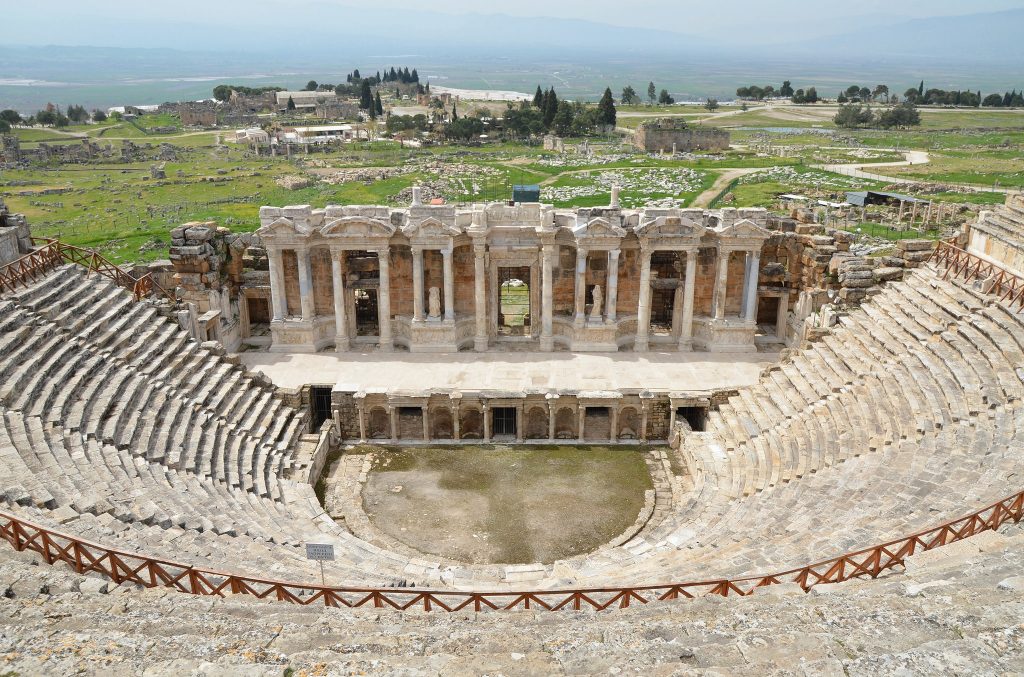
ancient.eu 
nyitarch161.blogspot.com
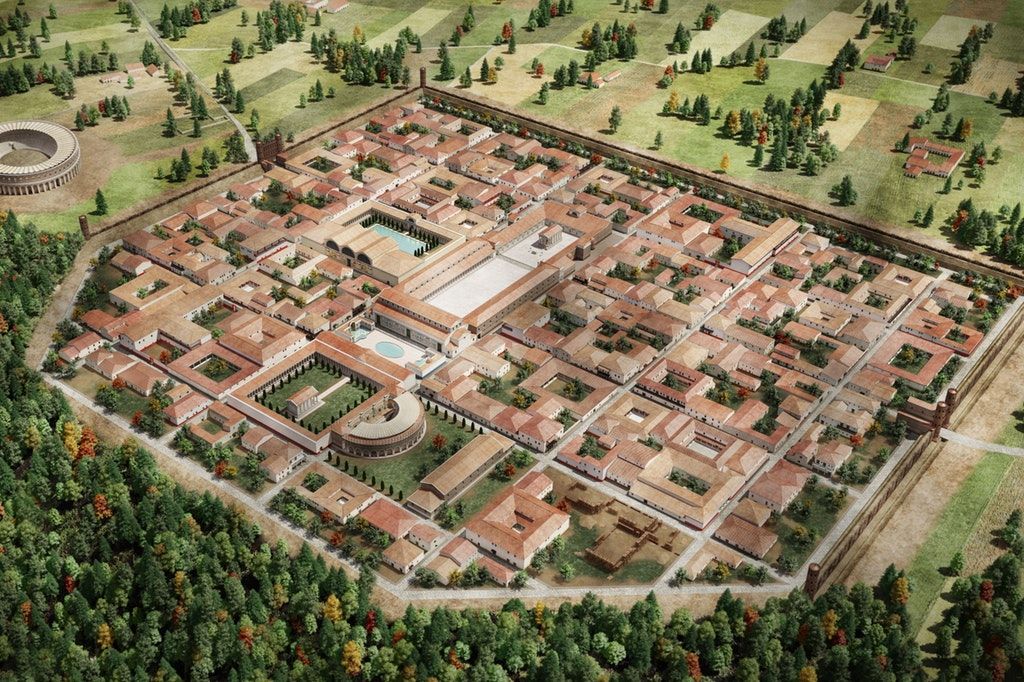
pinterest.es

touropia.com
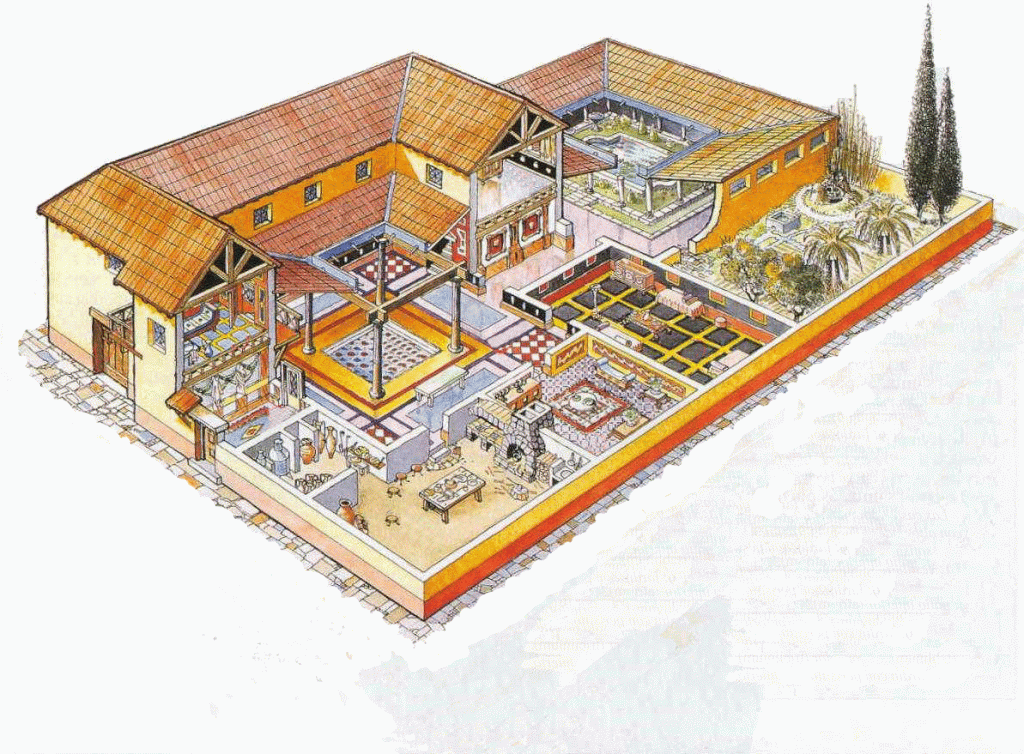
sites.google.com 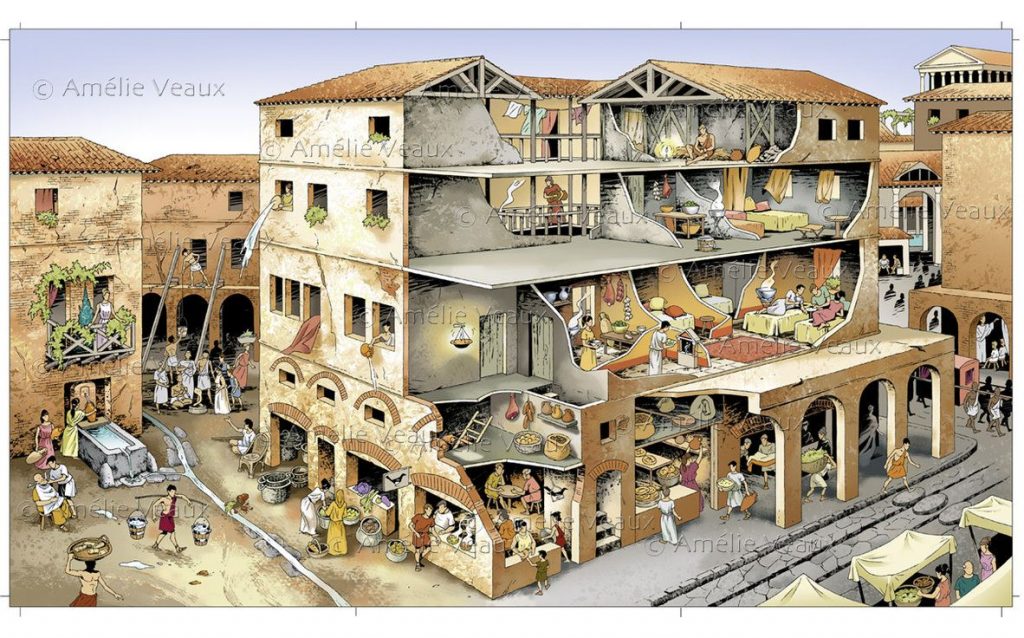
ar.pinterest.com
The Middle Ages
The classical language of architecture developed from Greek and Roman architectures disappeared during the middle ages but then was used later again, (Renaissance – Modern Age).

spainthenandnow.com
Byzantine
Roman architecture developed new techniques such as arches and vaults, surpassing the basic Greek concept.
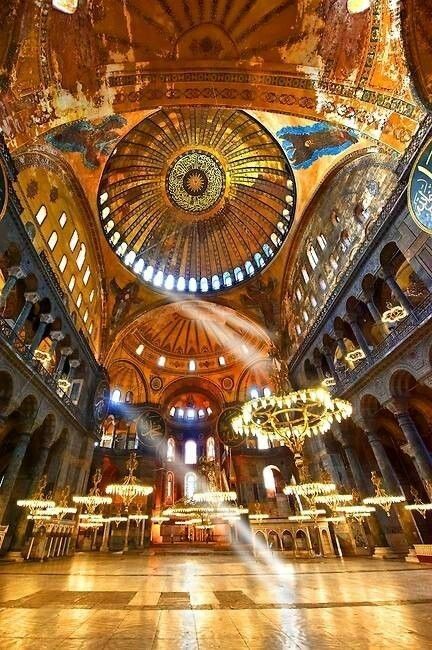
pinterest.es
Islamic
It is influenced by the energy of a new religion. It is a warlike, masculine architecture that demands submission; the most important mosques reflect a militaristic zeal.

redhistoria.com
Caliphates and Cathedrals: build the most representative buildings of andalusian power.
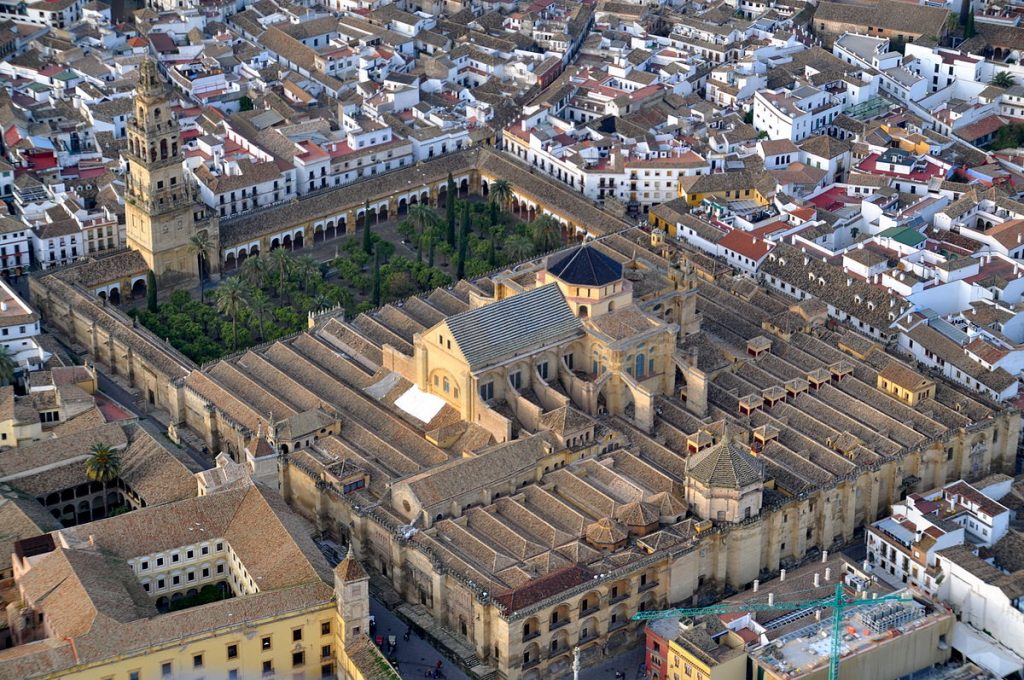
Romanesque
Characterized by the grandeur of its cathedrals, monasteries and castles.

cuadernodearte.es
Gothic
Marked by the verticality, both in the towers and in the very high naves, allowed by the pointed arches and the ribbed vaults, whose weight was displaced by the buttresses to external buttresses, lightening the walls, which host an increasing multiplicity of side chapels.

tury.club
Late Gothic: Gothic architecture lost its basic role as a unifying force for the arts and became less of a protagonist.

traveldigg.com
Renaissance
Incorporation of perspective as an instrument of the architectural project and the notion of design as a form of knowledge.

archivoshistoria.com 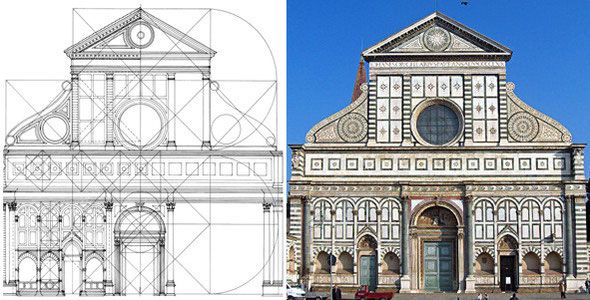
pinterest.es
High Renaissance: denotes the height of the visual arts in the Italian Renaissance.
Baroque
Aims to give its structures compositional dynamism, instead of the restful Renaissance character.
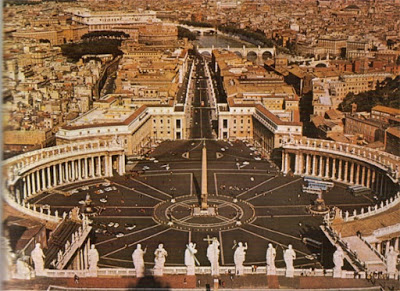
tom-historiadelarte.blogspot.com
El Rococo: reaction against the grandeur, symmetry and strict regulations of the Baroque.

pinterest.es
Neoclassic
Reproduces the forms generated by the Greeks and the Romans, suppresses any reference to body measurements, preferring the new metric system adopted by the French and favoring monumentality.
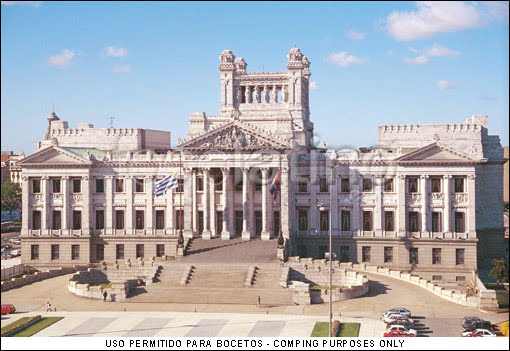
sites.google.com
19th Century
Reference to the classical academic architectural style.

istitutoeuroarabo.it
20th Century
ART NOVEAU INTERNATIONAL: International style of artfocused on the decorative arts.

megustaespana.over-blog.com
Expresionism: Early modernist adoption of novel materials, formal innovation and a very unusual concentration, sometimes inspired by natural biomorphic forms.
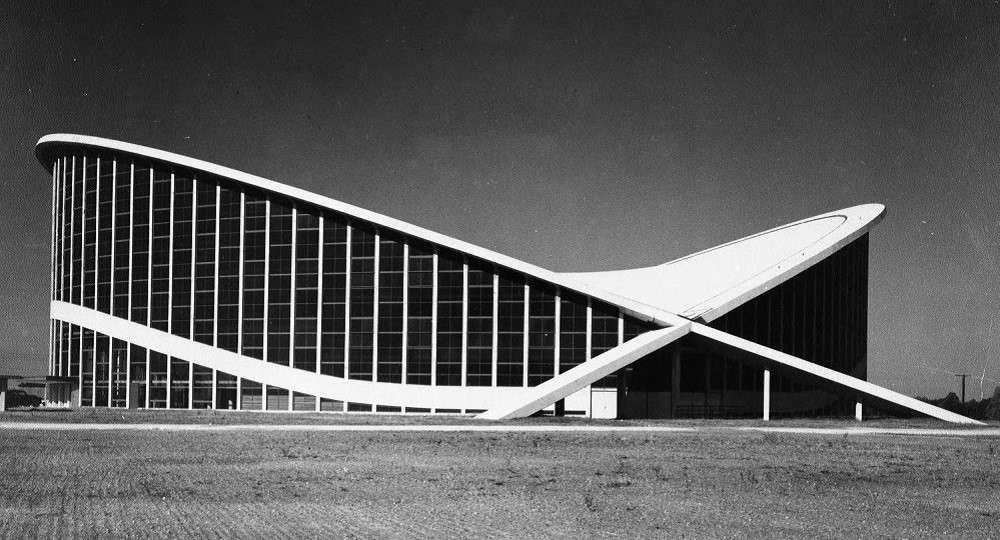
arquitecturayempresa.es